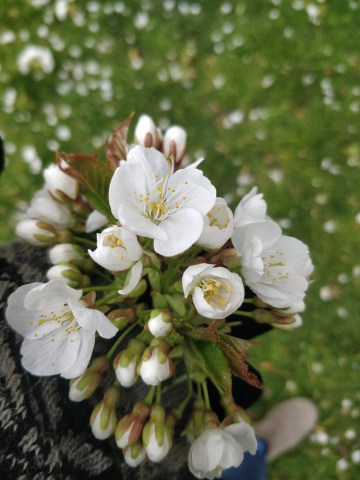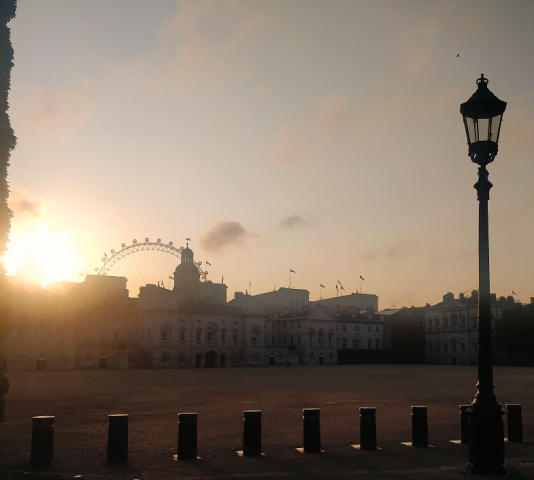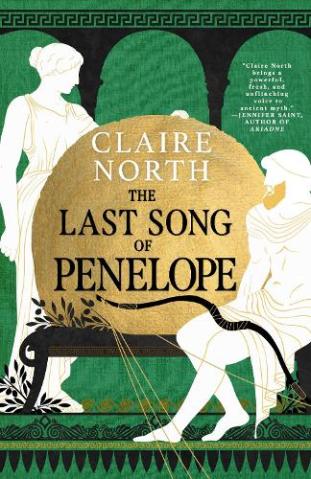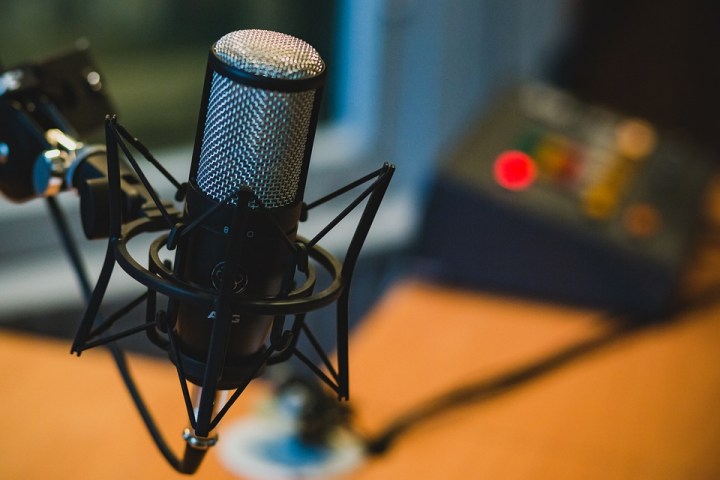Martial Arts
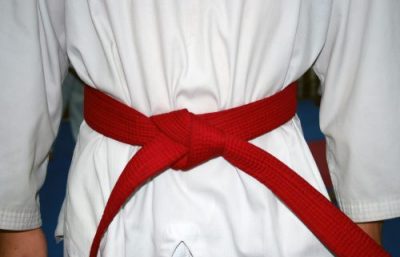
So, I’ve dabbled.
I think that’s about as good as it’s going to get. I’ve dabbled in martial arts and it’s been… interesting.
My motivation, if anyone is curious, has been two-fold: 1. I am not a fitness nut, I will never aspire to run the London marathon or really achieve anything with my body other than comfort. However, when I am 87 I would like to be able to walk properly and I don’t want to be in any physical pain, so I figure I may as well look after my body now. However! I do find exercising very, very boring. Walking I’m completely on board with – walking I love, it’s the best way to see a city – but formal training, quite possibly with someone shouting ‘move, move, move!’ at me – no. I get easily bored and easily annoyed. Therefore, my mission has always been to find something that keeps me healthy and vaguely engaged. 2. Hitting things is cool. I mean, not advocated, and not something I’d like to do outside the comfort of the sports hall, but there is a certain satisfaction on taking out the quiet frustrations of the day that we all acquire, on something soft, squishy, controlled and not liable to scream. In the nicest possible way. Thus… martial arts.
So, when I went to LSE, I took up karate. Not because karate seemed remarkable to me, but because it was the only martial art I’d really heard of and, more importantly, taekwondo clashed with my ‘Military Revolution – Charles VII to Napoleon’ class. I was the new, 5’11 gangly girl at the back of the class, who’d stopped playing hockey aged 17 because it was getting too earnest, and I was rubbish. For two hours a week a scary Greek man prowled up and down the lines of his sweating, pain-wracked students and barked, ‘higher! Harder! Keep going!’ The senior student paced with him, declaring, ‘no no no, all wrong!’ before pushing your knee into exactly that position of extraordinary pain that you’d been so delicately attempting to avoid.
‘You must improve your physical fitness!’ Sensei would declare, as we ran round and round the hall, a desperate sweating collection of unfit humanities students wondering why they thought this would be more fun than an essay on the sociology of Weber. Occasionally a more talented, more experienced student would be pulled to the front to demonstrate a kata that they had learnt, and with a blood-curling cry of warrior frenzy they would unleash a series of kicks and punches at the empty air which left the rest of us quaking. There wasn’t any real explaining of what we were doing; our warrior’s stance was a warriors stance; our front kick was a front kick and the actual mechanics of why were left behind the more pressing question of what would make it stop?
By week eight, and us newbies were coming under pressure to buy our uniforms – the white-trousered, white-jacketted sign of… insert your martial philosophy here. Staggering home from karate, the thought crossed my mind that, while I perhaps knew now how to make a proper fist, or perform a roundhouse kick, I was so focused on the pain in my legs that the usual awareness of surroundings which we all use to defend ourselves from any danger in ordinary life, was almost entirely shot to pieces. If someone had mugged me, I would a) have not seen them coming and b) probably been too shattered to resist. The rational voice of willpower at the back of my mind whispered, go on, it’ll get better but as I sunk into a hot bath in my hall of residence with the muscle relaxing bubble bath up to my chin and a textbook on the Algerian War of Independence by my side, rationality met physicality, and physicality won out. I did not buy my uniform that year, and remain very much a karate novice.
“I believe it’s important that women can defend themselves in London,” said my flatmate in the second year at LSE. The ‘in London’ part was rather important to her – Milton Keynes, it seemed, did not have crime. I considered this statement, and for a brief, naive moment considered suggesting to her that wandering through the city with an attitude of ‘everyone’s a mugger’ probably wasn’t a healthy state of mind to begin with, and combining this with the ability to kill someone with your thumb may not be the wisest move. But she was a force of nature, and I’d more or less forgotten my karate pains.
“It’s called jiu jitsu,” she explained, handing me my membership card. Well, she’d sorted out my membership too, so I guessed that meant I was on board. Off we trotted to the gym of an evening, and here we met our new Sensei.
My poker face has never been much to write home about, but when every transgression against the sobreity of the moment is punished by ten push-ups, you quickly learn how to lock your features into a fairly neutral stance of ‘gosh, Sensei, I am very sincere’. I learnt how to sincerely kowtow, while sincerely drawing an imaginary katana across my body in a sign of peace. I learnt how to sincerely raise my hand on the edge of the gym mats to request access to the dojo (the back room of a fitness club in Holborn; class before ours – women’s pilates) and when told to embrace the bushido, I sincerely managed not to laugh.
Which is not to say that I didn’t enjoy jiu jitsu more than karate. I did. This time, what we were doing and why was being explained to us, and the focus seemed on far more defensive moves than aggressive. However, there was also a lot of learning how to tumble and wrestle, and when you’re essentially made of elbows with some bit attached – as I am – this isn’t particular easy. Dignity goes out of the window early on anyway; trying to man-handle a six foot three, eighteen stone economics student from Austria to the floor without use of teeth, does fascinating things to your self of physical esteem. But it was fairly clear that while my flatmate had a real talent for locks, burns and twists, I was always going to be a fairly poor jitsuka. Never-the-less, I struggled on through to yellow belt, and gamely tumbled and twisted and fell my way to my painful reward. ‘You have great spirit’ I was informed by the exam board, ‘even if your technique is not the best.’ It was an accolade that reminded me a little of my GCSE Art report – ‘she is very bold, if perhaps a little too determined.’ When the opportunity came to make a tactful exit from this world of bowing and wrestling, I did indeed make my escape – highly bruised, slightly blooded, and a little more dangerous than I’d been three months before.
There were, I’d decided, easier ways to maintain fitness. And besides – I had acquired the one skill that I knew I needed more than anything other. It wasn’t a question of how I kicked, or where I punched, or how I tumbled. In the months of fighting what I’d found more than anything else was this: if I had to, I really would fight back; I wouldn’t panic or lock or freeze, and it’d probably be dirty and very much not in the spirit of bushido when I did.
A friend of mine runs a blog – ‘Tiny and Fierce’ which, if you ever met her, you’d realise was appropriate in every way. She practices a martial art called krav maga which works by the very sensible philosophy of ‘do whatever works’. When we meet, she shows me her bruises from fighting, and I show her my bruises for lighting, and occasionally she laughs. If you want to hear thoughts on martial arts in general, and perhaps more interestingly, how they relate to women, then to her I will recommend you… just don’t let her practice on you…
http://tinyandfierce.tumblr.com/
All this said, you can probably imagine my surprise, to find myself back in a gym a few weeks ago, by mistake, I hasten to add, holding a stick in either hand, staring at the face of a girl called Amy as the two of us tried to work out whether we were parrying with strength, or merely acting as a buffer for the other’s technique. It’s a martial art called escrima – which I’d never heard of – and it prides itself on teaching unarmed combat, stick fighting, knife fighting and, at advanced levels (so they claim) self-defense techniques with a biro and a mobile phone. And while I suspect I don’t have the time to commit to mobile phone levels of skill, I find, to my surprise, that I am thoroughly enjoying it. For a start, my tutors are not Sensei Senior and Senpei Junior, but Nigel and Charlie, two affable geezers who like to explain things. There are no push-ups for punishment, or push-ups at all that I’ve met so far, and the class consists of students, the youngest of whom is 22 and the oldest of whom is well into his mid-sixties. I haven’t had to bow, kowtow, or even put on my poker face, and when I leave the class, though I am frequently in pain, I can at least walk to the station without having to sit down and ask little old ladies if I can borrow their zimmer frame.
The only problem is, based on how junior I am at the moment, if I am attacked, do you think my attacker will give me a minute to find a suitable stick?

